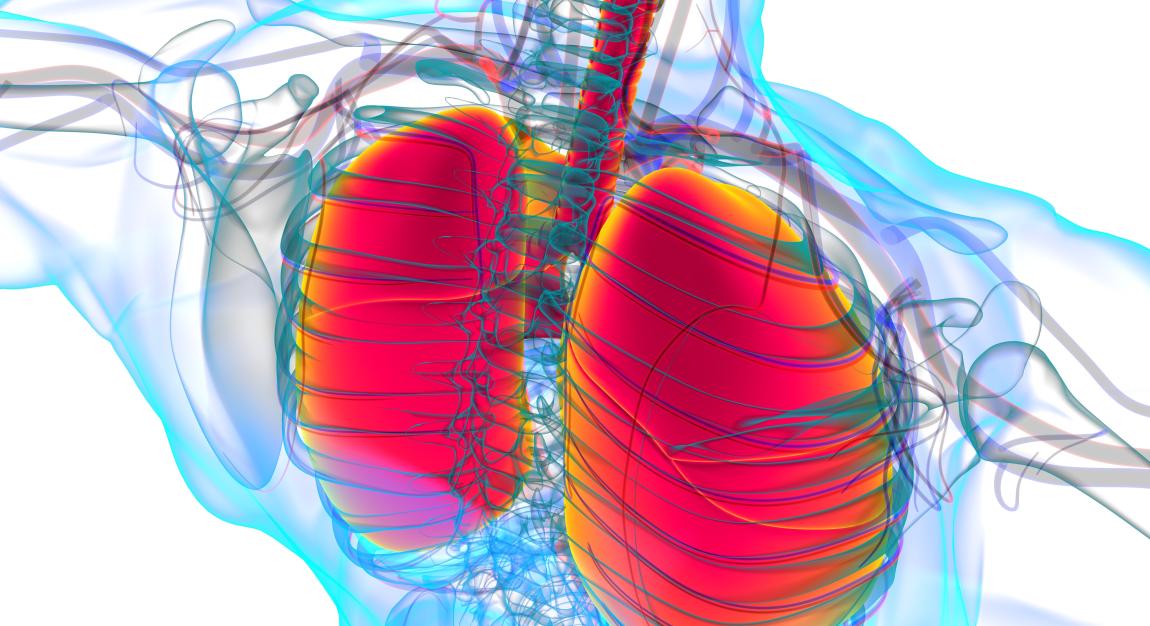- The landscape around lung transplantation continues to evolve rapidly.
- Recent changes in organ allocation systems are pushing centers to travel further for organs.
- Ultimately, focus must remain on our core mission: to increase the donor pool, expand access to transplantation, and optimize outcomes.

The landscape around lung transplantation continues to evolve rapidly. Improved surgical techniques and advances in perioperative care complement an ever-expanding array of devices. Now, the application of decades-old wisdom may forever change the way lungs are preserved, and even what time of the day lung transplants are performed.
More than 30 years ago, evidence suggested that 10°C was the optimal temperature to store and preserve lungs. So why are lungs being transported on ice (0-4 °C) in Coleman coolers in 2023? The answer is simple. Transporting lungs on ice is cheap and reliable, making it both a familiar and convenient choice. Additionally, the underlying mechanism supporting 10°C degree storage was previously unknown and there was no way to easily store lungs at 10°C, let alone transport them at that temperature.
Recent publications from the Toronto Lung Transfer Group are bringing 10°C storage back into the conversation. In large animal studies, storage of lungs at 10°C for 36 hours resulted in lower airway pressure, improved compliance, and superior oxygenation in comparison to lungs stored under conventional 4°C conditions. The improvements in function were attributed in part to higher concentrations of mitochondrial protective metabolites and overall improved mitochondrial health in the 10°C group1.
As a follow-up to this initial preclinical investigation, a prospective, multicenter, nonrandomized trial has now been published in The New England Journal of Medicine. In this study, 70 patients received lungs that were stored at 10°C for an extended period to delay their transplant and prevent overnight operations. The definition of “overnight transplant” was any transplant procedure having an anesthesia start-time between 6 p.m. and 5 a.m. Lungs meeting these time criteria were procured in standard fashion, transported on ice, and then placed in a 10°C incubator upon arrival. 140 matched controls were included in the study. In the extended cold static preservation group, lungs were preserved for 12.4 hours and 14.2 hours for the first and second lung, respectively. No differences were observed between the standard ice and extended 10°C preservation groups regarding ICU length of stay, need for ECMO, overall hospital stay, or one-year survival2.
Recent changes in organ allocation systems are pushing centers to travel further for organs. While expanding geographic boundaries will ultimately enable better organ and recipient matching, it poses inherent challenges. Several devices are currently in use with the intent to support longer preservation times and optimize the utilization of donor allografts. These include the Paragonix LUNGguardTM, a static single use transport cooler, and the TransMedics OCSTM platform for normothermic perfusion and ventilatory support of the lung. Another machine perfusion device with the integration of negative pressure ventilation, the Bridge-to-Life EVOSSTM system, is currently under evaluation and working towards clinical trial approval in the United States.
During the transformative inception of cardiothoracic transplantation, Dr. Norman Shumway, Stanford University, obtained donor organs from an operating room immediately adjacent to the recipient. Over time, the distance between the donor and the intended recipient increased exponentially. Major transplant centers are now accustomed to travelling halfway across the United States (and beyond) to obtain organs for their patients. Ultimately, focus must remain on our core mission: to increase the donor pool, expand access to transplantation, and optimize outcomes. 10°C storage techniques and the growing armamentarium of lung support devices are poised to do just that.
At this year’s 60th STS Annual Meeting, attend the pre-conference Lung Transplant Symposium on January 26, which will provide insights into best-practice approaches for surgical and medical care of lung transplant patients, from assessment as candidates through postsurgical care as recipients.
References
- Ali, Aadil, et al. "Static lung storage at 10° C maintains mitochondrial health and preserves donor organ function." Science Translational Medicine 13.611 (2021): eabf7601.
- Ali, Aadil, et al. "Extension of Cold Static Donor Lung Preservation at 10° C." NEJM Evidence 2.6 (2023): EVIDoa2300008.
